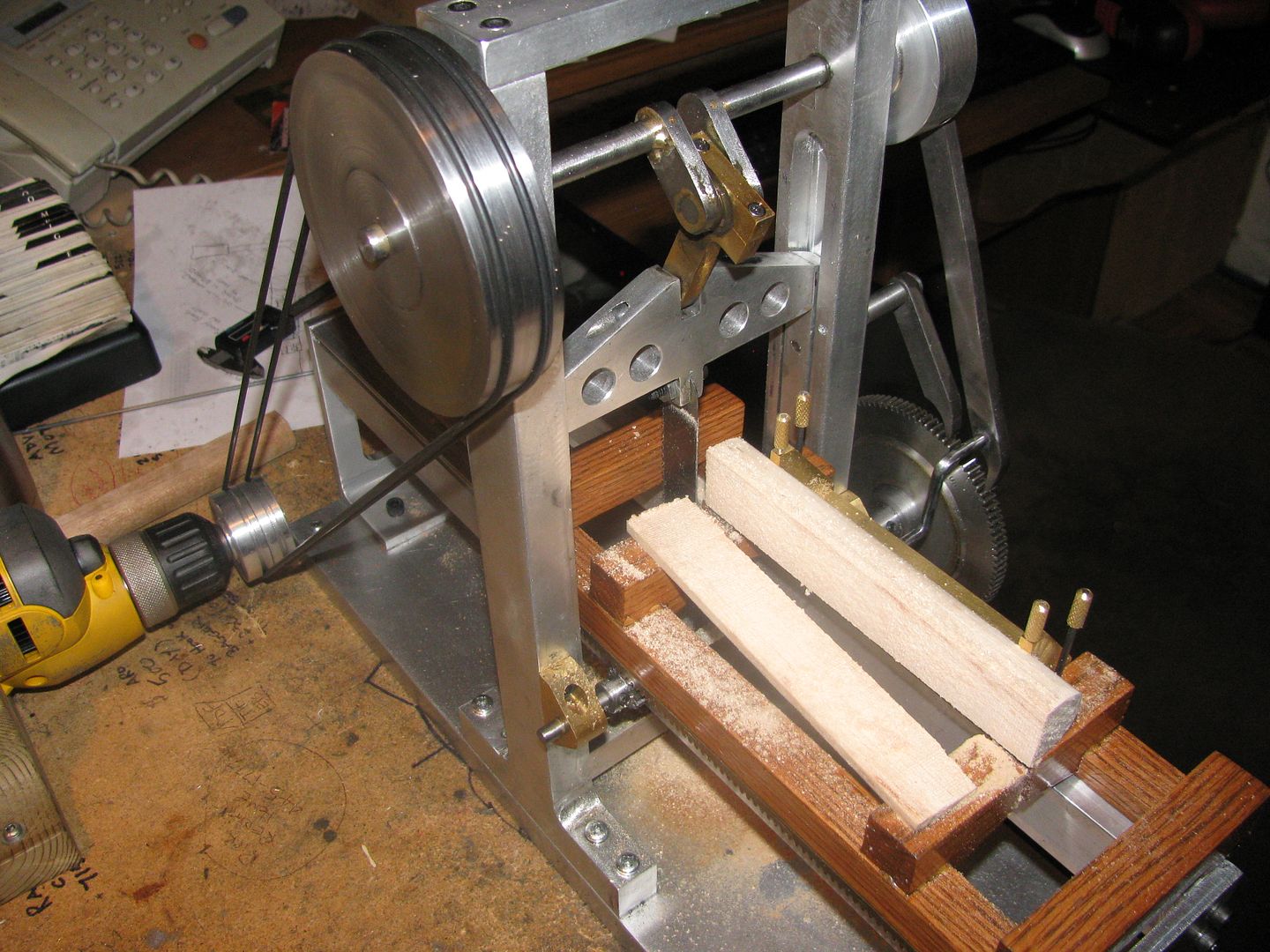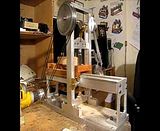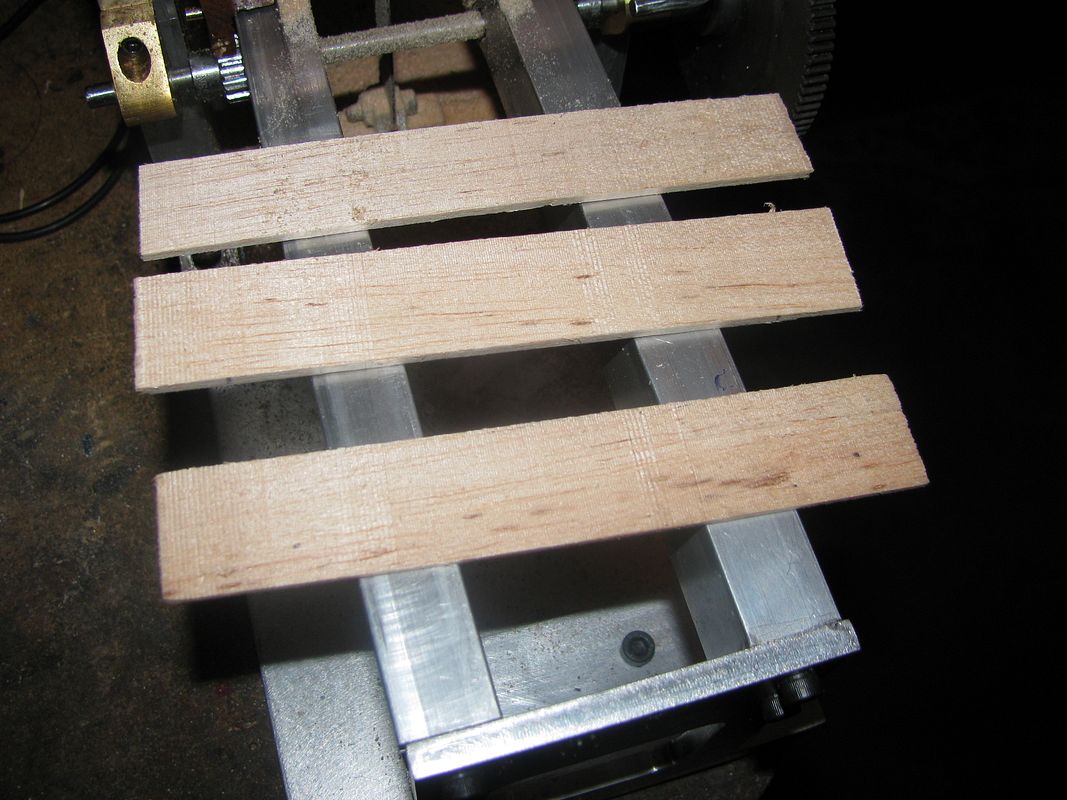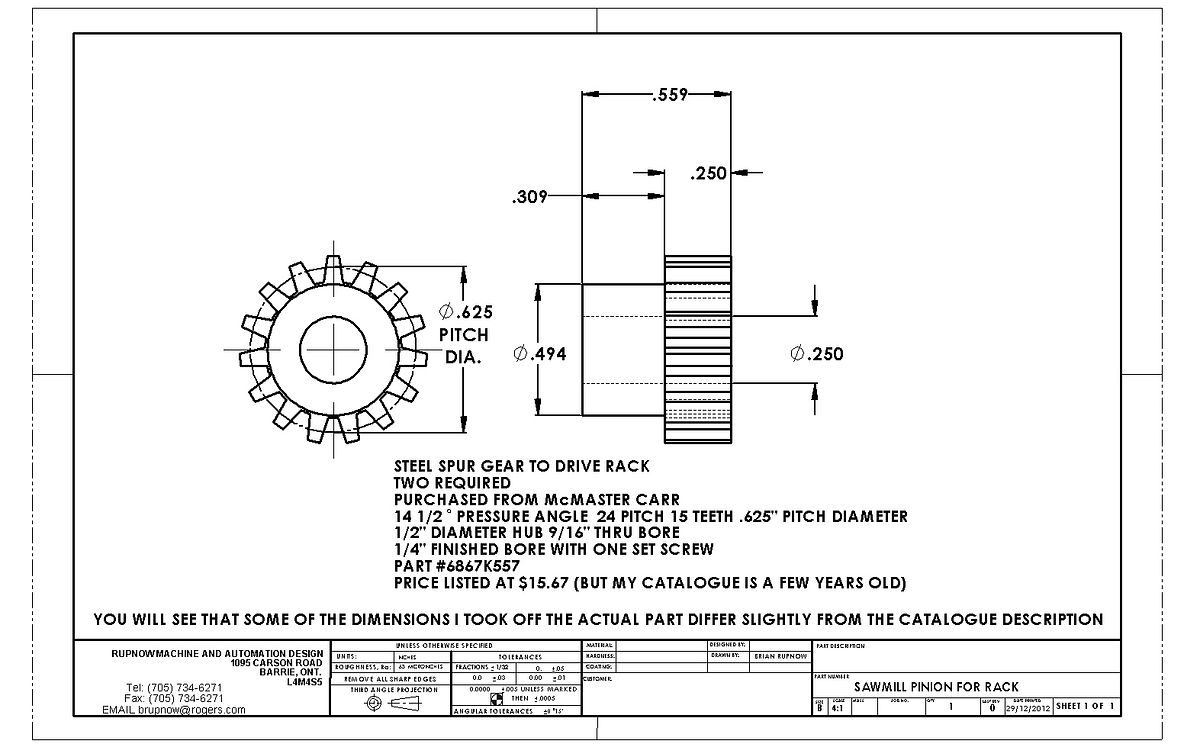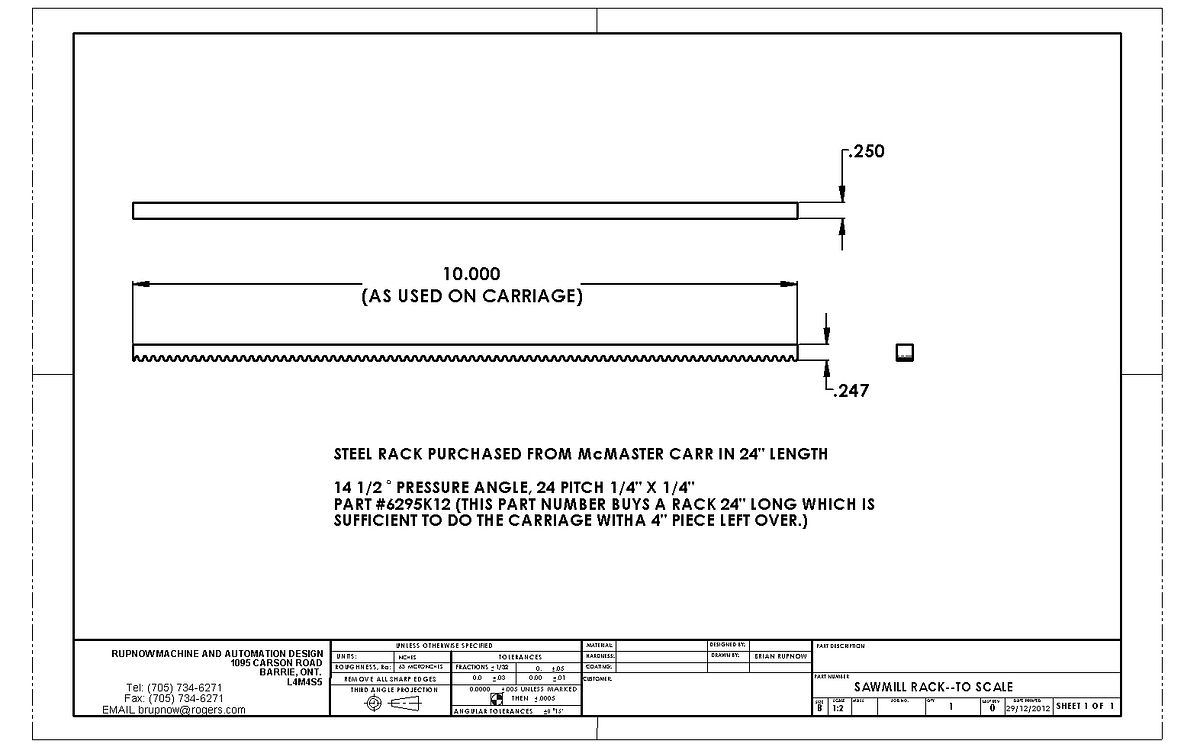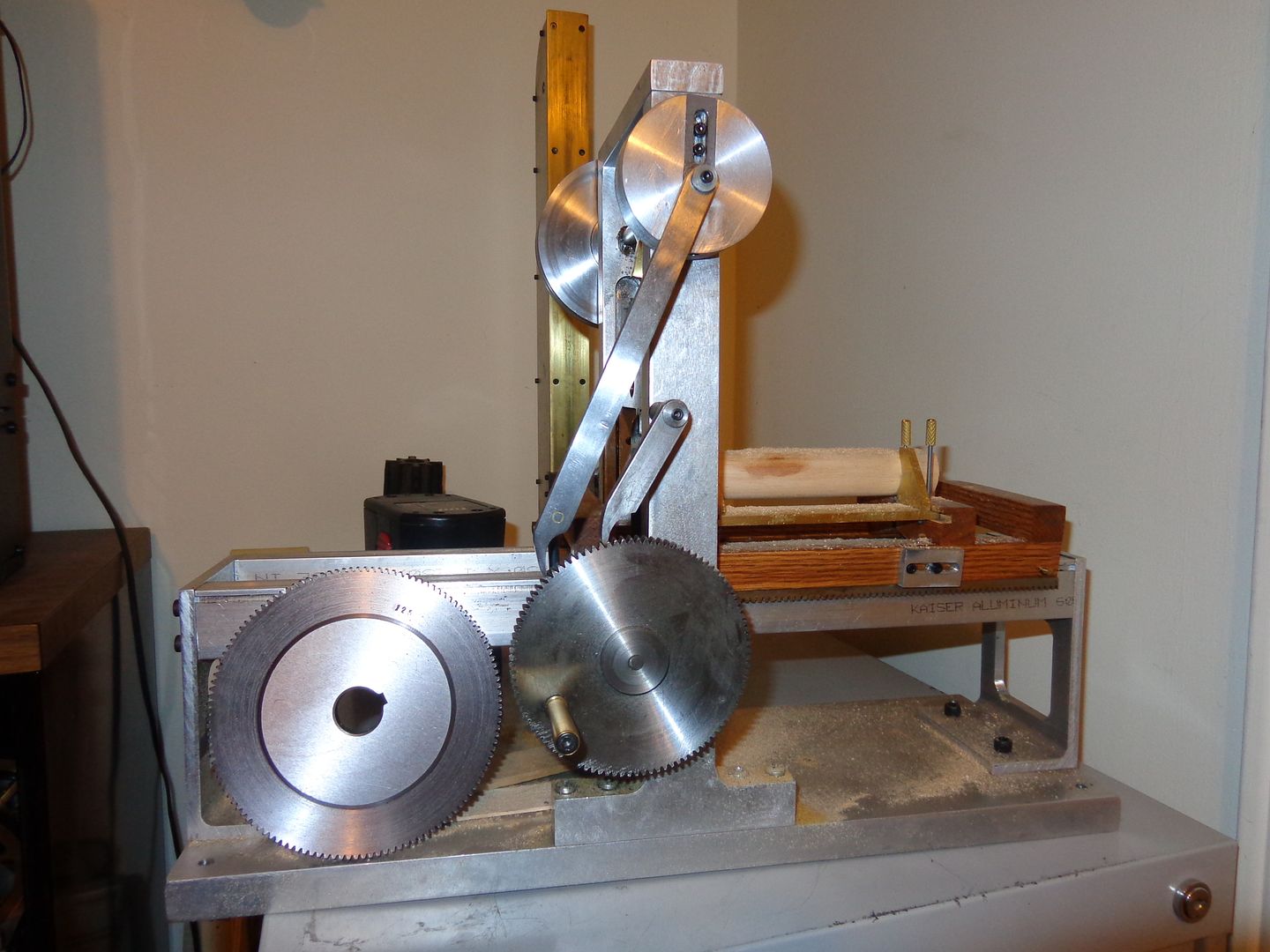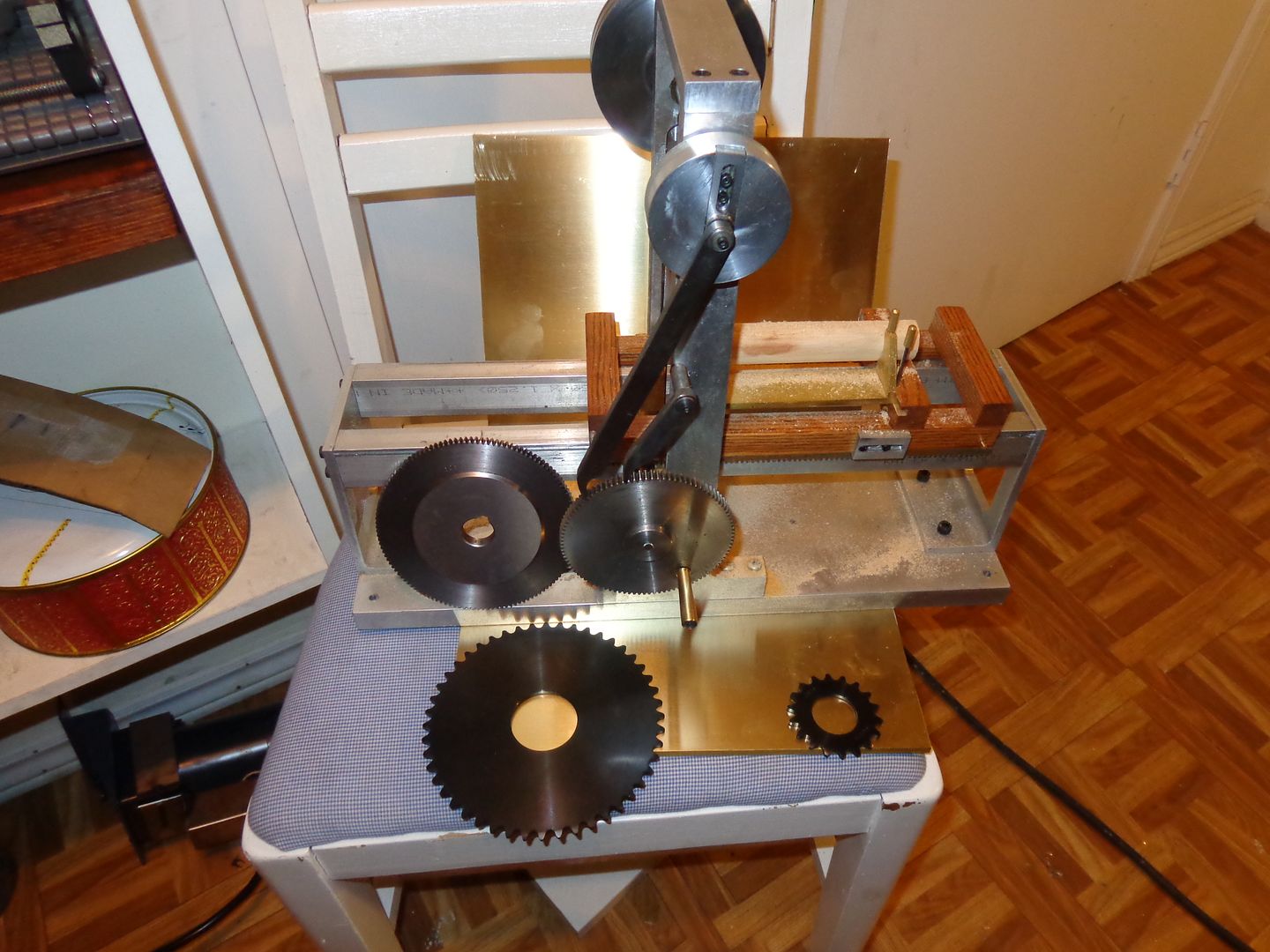Nice work Brian. If you have access to a wood cutting bandsaw blades, a section of one might cut easier, They'd be a little thiner, hence less drag, and the larger teeth and hook angle give more room for the cuttings.
Greg
I agree, a wood cutting bandsaw blade with less teeth on it would be a bit more aggressive and cut more freely.





